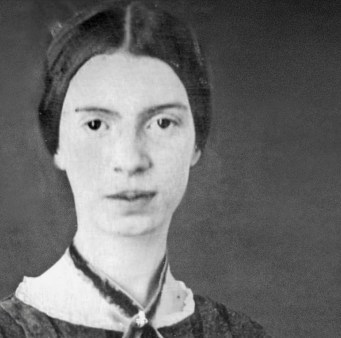Brief Analysis of “‘Hope’ is the thing with feathers”

Emily Dickinson (1830 – 1886) was born in Amherst, Massachusetts. After studying at the Amherst Academy for seven years in her youth, she briefly attended the Mount Holyoke Female Seminary before returning to her family’s house in Amherst. Dickinson never married, and most friendships between her and others depended entirely upon correspondence. For most of her life she lived as a recluse.
While Dickinson was a prolific poet, fewer than a dozen of her nearly 1,800 poems were published during her lifetime. Although her acquaintances were probably aware of her writing, it was not until after her death that her younger sister discovered Dickinson’s cache of poems. Today most experts consider Dickinson to be one of the greatest of all American poets. Here is one of my favorites.
“Hope” is the thing with feathers—
That perches in the soul—
And sings the tune without the words—
And never stops—at all—
And sweetest—in the Gale—is heard—
And sore must be the storm—
That could abash the little Bird
That kept so many warm—
I’ve heard it in the chillest land—
And on the strangest Sea—
Yet, never, in Extremity,
It asked a crumb—of Me.
Analysis – Dickinson likens the concept of hope to a singing bird. Hope’s sound is sweetest during in the gale which is despair, which itself feels sore by its battle with hope. Hope withstands cold and the unfamiliar, providing solace without asking for recompense.



